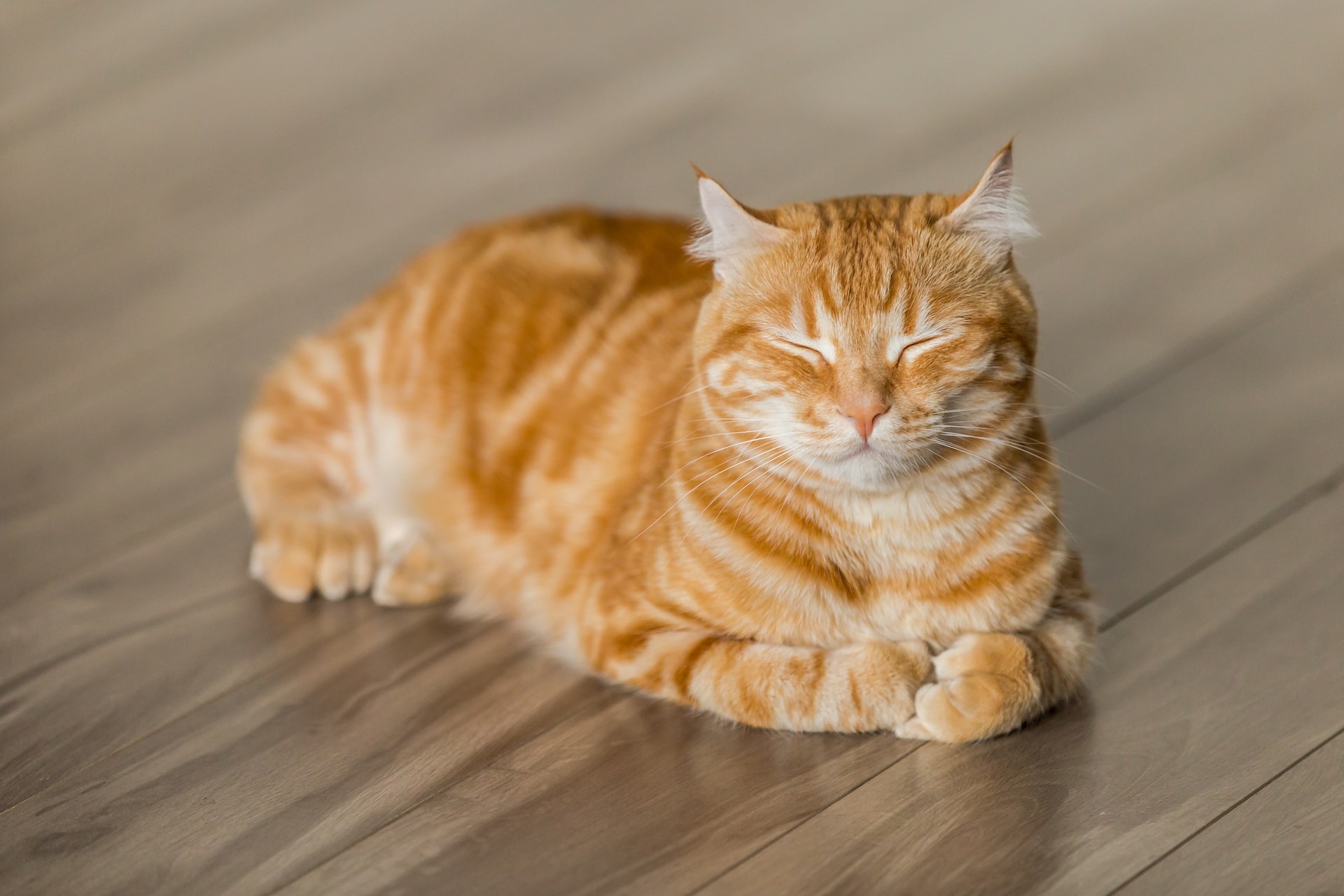Cats are often called mysterious creatures, and much of that stems from the fact that most people don’t understand feline communication. In this article, we’ll cover the basics of how cats communicate with each other and with their human companions, so that you can use these tips to better understand your cat and deepen your bond with them. Whether you have one cat or multiple cats in your home, understanding how they communicate is an important part of strengthening the human-cat bond and ensuring that they feel safe and secure in their home environment. So let’s get started!
Why cats purr

Since cats can’t actually use words like humans, they communicate with other cats through their body language. Purring is the most common form of communication among cats. Cats also use their ears, whiskers, tail, eyes, and even paws to communicate with one another. In addition, they use vocalizations that range from hissing to growling. These vocalizations are used for different reasons depending on the mood of the cat. For example, a cat might hiss if it’s angry or frightened.
Why cats knead
Kneading seems like a random thing for a cat to do, but it’s actually not. Kneading their paws on soft surfaces (like your lap) or blankets helps relieve stress and tension in their shoulders and back. The motion of kneading also stimulates their natural instinct to hunt. So next time your cat starts kneading, pet them for a few minutes before taking away the object they’re kneading on. You’ll both be happy you did!
Why do cats rub up against people?

Cats use their tails, ears, whiskers, and body language in order to communicate. The reason why cats like rubbing up against people or furniture is that they are marking the area as theirs. They are also looking for attention from their owners.
Why do cats like sitting in boxes?
The answer can be found in their wild cat heritage. Cats are natural predators who hunt their prey by stealthily sneaking up on them from the ground or from trees. When cats hunt, they often use what’s known as a crouch pounce, which means that they sneak up on their prey while crouched down low, then leap into the air when they’re close enough.
How do you know when they are hungry?

If you are ever unsure of what your cat wants, there’s a quick way to figure it out. Get your cat’s favorite food and place it near them. If they eat it right away, chances are they were hungry! This can also be used as a training tactic when you want them to associate something with food such as using the litter box or going outside.
Why do they like being petted or brushed?
Most people like being petted or brushed because it feels good. Cats are no different. Stroking your cat’s fur can be a comforting, soothing experience for him. It will release chemicals called feel good hormones in his brain, which makes him feel happy and relaxed.
When you notice something different about your kitty, listen to them tell you what’s wrong.

When you notice something different about your kitty, listen to them tell you what’s wrong. For example, if they’re not eating, ask them if they are feeling sick, or if they just don’t feel like eating. You can also try switching their food or their water dish – some cats may have a preference for one over the other. Or maybe they just need more time outside! Cats are very communicative animals; they just may not be using human words.
The importance of playtime
Playtime with your cat is essential for both you and your feline friend. Cats need to stay active, both mentally and physically, in order for them to be happy. If a cat becomes too sedentary, they are more likely to develop diabetes or heart disease. Playtime also helps strengthen the bond between human and animal, which can help if you’re having trouble training your kitty.
Other signs they might be sending you

Nail trims are a great way to ensure that your cat’s nails don’t get too long and then curl under, which can lead to painful infections. Trimming their nails also gets rid of the sharp points, which can help prevent scratches.
Your cat’s tail often communicates how they feel about the situation at hand. If your cat has its tail straight up in the air or waving around, it means that they’re feeling friendly and happy.
Tips for introducing a new baby into the family
The most important thing you can do when introducing a new baby into the family with a pet cat, is make sure that the cat has some space of their own. It’s a common misconception that cats are naturally aloof animals but in reality they need love and affection just like any other animal. Cats crave attention, especially when they’re feeling anxious or threatened which may happen because of the presence of a new baby.

